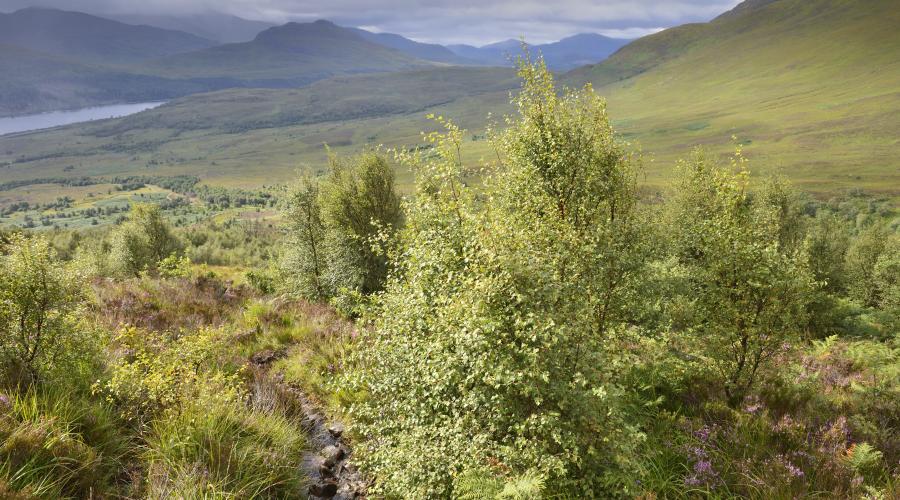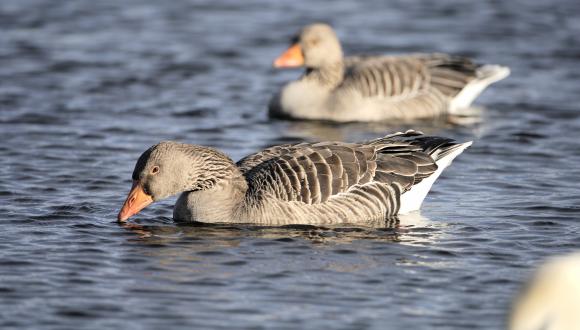
Managing the land
How Scotland’s land is managed, down to our rocks and soils, shapes our nature and landscapes and their many benefits.
Farming is a major land use in Scotland, with 75% of our land area used for agriculture. But climate change may put at risk the current good management practice that helps to support nature and sustain the valued character of farm landscapes.
Woodland ecosystems offer many benefits to Scotland’s people. But problems and poor management mean that our woodlands aren’t all in as good condition as they might be. Multipurpose management of forests and woodlands suits a small country such as ours.
Mountains, moors, hills and heaths cover more than 50% of our land area. Meeting the management needs of the varied habitats, species and land uses that Scotland’s uplands and moorlands support is challenging. Getting the right level of grazing right is a complex business, and fire can be a powerful management tool, but only in skilled hands.
Soils are an important natural resource – they let us grow food and they filter water, reduce flood risk and even influence climate. We can all support the sustainable management of Scotland’s soils.
Managing our rocks and landforms to safeguard them for the future is also a vital part of conserving our natural heritage.
Habitat networks, green networks and integrated habitat networks are increasingly used to manage Scotland’s land. Creating networks can make habitats more resilient and aid the survival of species affected by habitat fragmentation and our changing climate.




